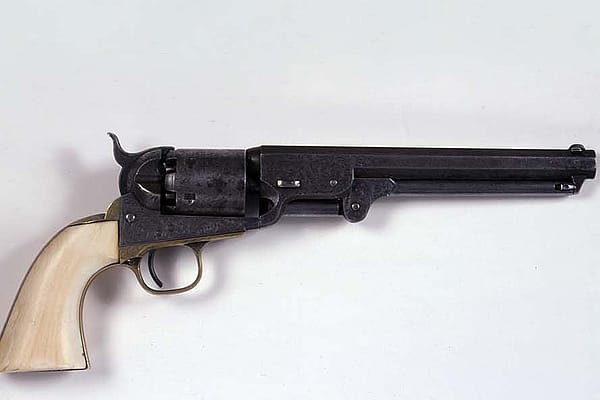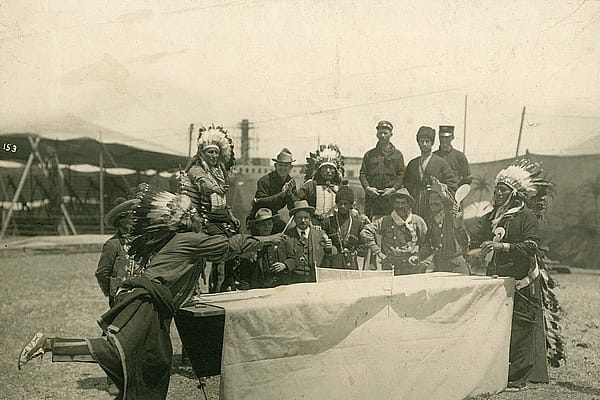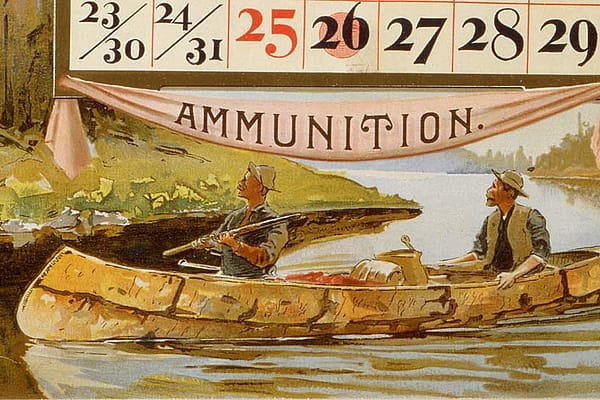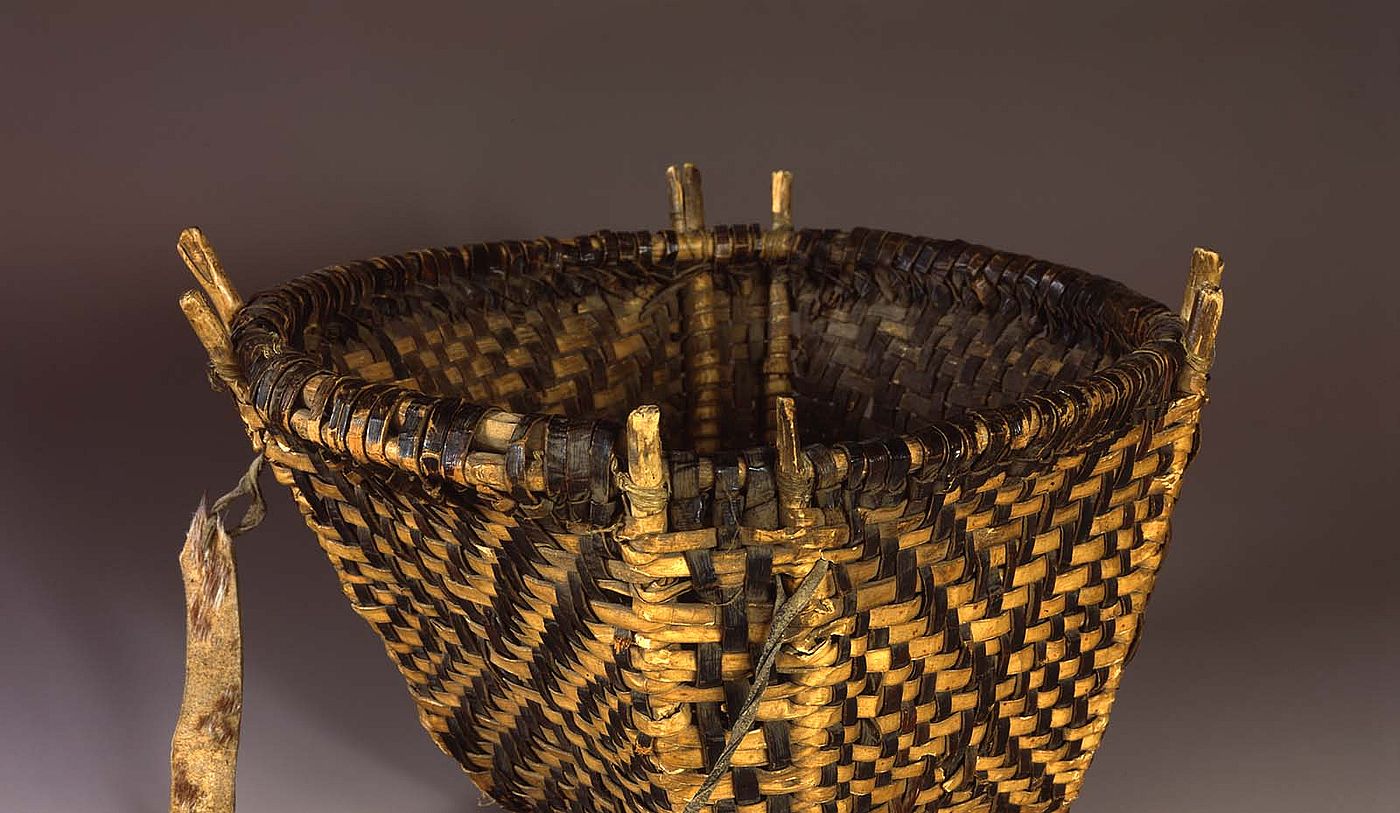
Treasures from Our West: Mandan Burden Basket
Originally featured in Points West magazine in Fall/Winter 2018
Mandan Burden Basket
In summer 2018, Plains Indian Museum staff had the opportunity to engage in some unexpected fieldwork with unanticipated connections. While not our specialty, ethnobotany, the study of how human cultures use plants for food and medicinal purposes, is of great interest.
Our collections include a largely unstudied set of finely preserved, mounted, and framed specimens of plants from the Northern Plains region, many of which have known use in historic and contemporary Native cultures. Among the specimens, Curator Rebecca West and Curatorial Assistant Hunter Old Elk found examples of Allium brevistylum (wild onion, known as an important food source), Balsamorhiza sagittata (balsamroot or arrowleaf, used for wound poultices or made into a tea for whooping cough), Artemisia ludoviciana (sagebrush or prairie sage, most known for its cleansing smoke when burned for ceremonial purposes).
Old Elk and West share an interest in the role of botanicals in historic Plains Indian cultures (see article by Old Elk and Liz Bowers) because of the connections between modern uses and generationally held knowledge. Old Elk brought back sage and mint, both plants gathered for purification and their invigorating scents, from a visit to her Crow family in Montana. In the Big Horn Mountains, West discovered late-ripening but plentiful chokecherries, serviceberries, buffalo berries, and wild plums. She thought of the Native women who used to gather these berries and plums as part of their summer work—likely using a burden basket akin to this Mandan example from about 1860—while gathering backpacks full of fragrant wild plums.
The gatherings went to good use: The sage blesses the Plains Indian Museum vaults by each entry; West made wild plum jelly; and Old Elk made traditional wild plum pudding and ghost bread (a soft, pan fried bread made at night when the dough rises well, and spirits are active). Perhaps not the usual means of research, but Plains Indian Museum staff use this type of sensory and scholarly experience to fuel their inspiration for future educational programs.
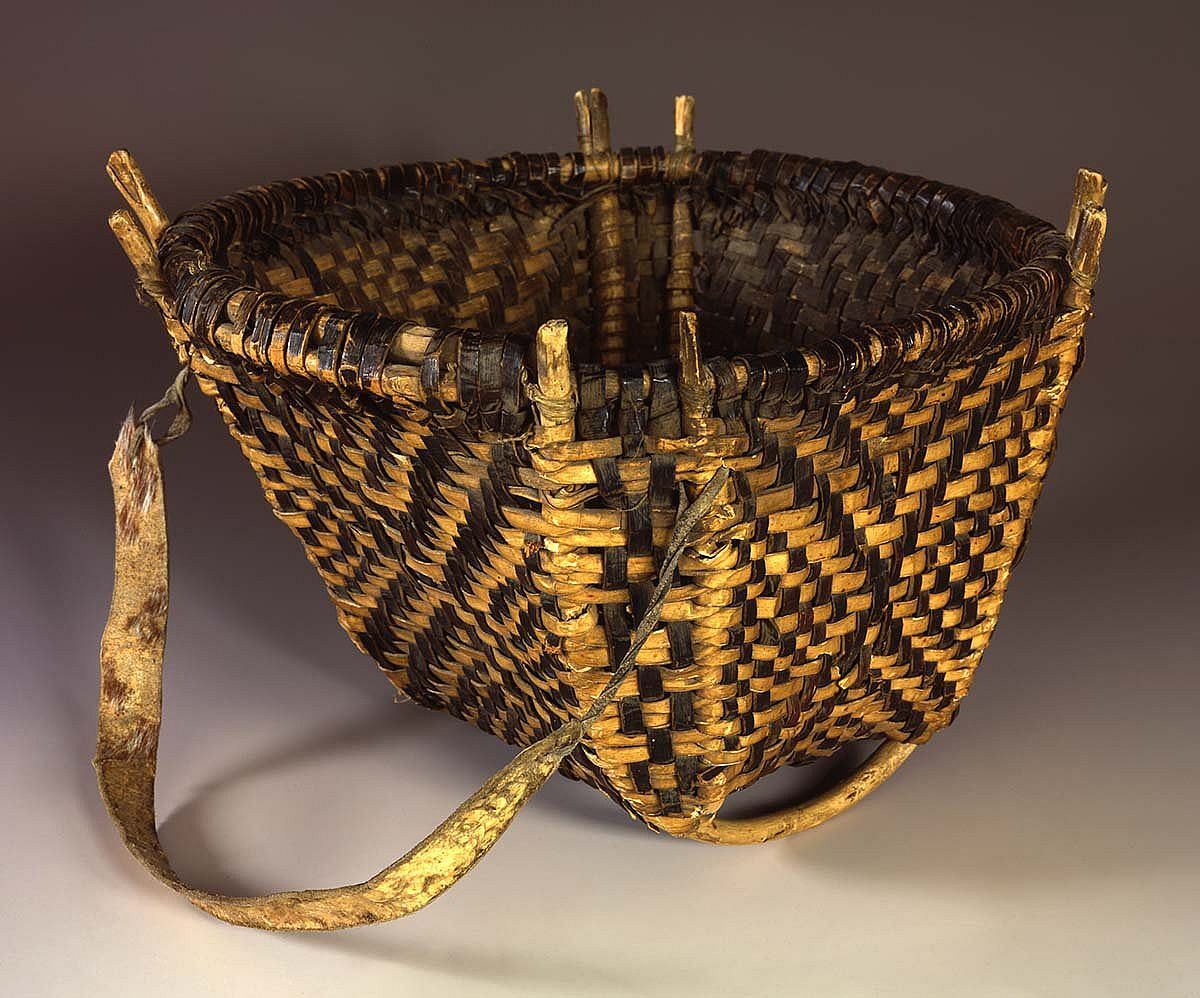
Burden basket, Nueta (Mandan), ca. 1860. Chandler-Pohrt Collection, Gift of Mr. William D. Weiss. NA.106.183
Post 207
Written By
Nancy McClure
Nancy now does Grants & Foundations Relations for the Center of the West's Development Department, but was formerly the Content Producer for the Center's Public Relations Department, where her work included writing and updating website content, publicizing events, copy editing, working with images, and producing the e-newsletter Western Wire. Her current job is seeking and applying for funding from government grants and private foundations. In her spare time, Nancy enjoys photography, reading, flower gardening, and playing the flute.
